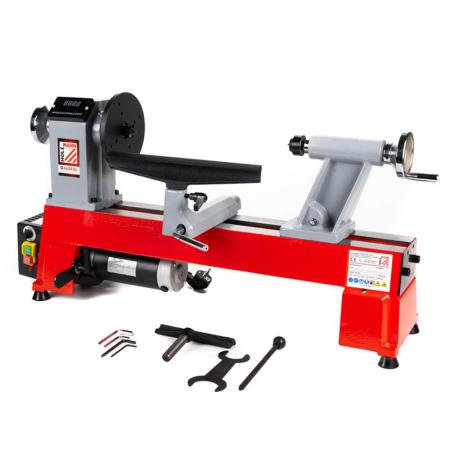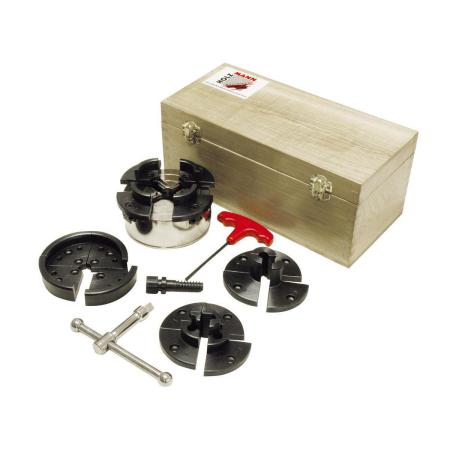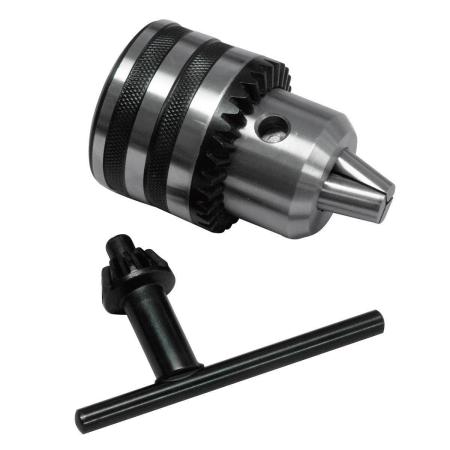Laguna was my dream lathe as well. Bought a Laguna Revo 1524...honestly haven't regretted anything so much in the last decade and a half or so of my life... The tailstock/quill design on the 1524 is utterly atrocious. Not good enough for pens, not good enough for anything IMO. PrecisePoint, the name of their tailstock design, should be tossed in a raging furnace and forgotten forever.
I've been through several brands of lathes now. I finally settled on a PowerMatic. Wish I'd just bit the bullet and started there...would have saved me so much hassle and regret! I wanted to save money with the Laguna...but, sometimes, spending a bit more money is well worth it in the end. The difference is incomparable. I was totally hooked on the PWM drive of the Laguna, but in practice, the way that power feels through the blank to the tool, is very different from other lathes. The PWM is stepped, so it just changes how power works...its not continuous, and it can jump suddenly, and often for unexpected reasons. If you intend to buy a Laguna, I STRONGLY recommend you try one out for a while first, and make sure the way its power changes and transfers to the blank and the tool is something you can handle. It can be very jarring at times.
Anyway...you can do better than a Laguna, IMO. Much, much better! Just thought I'd offer my thought there, given my experience.

FWIW, I don't think the Laguna 1216 has PrecisePoint (I'd verify before you buy, though!!), so you may not have that particular issue...but, my issues with the 1524 were many...
As for power, because of the Laguna issues (I bought it in Dec. 2020, started using it in Jan. 2021, had problems by spring), I ended up spending most of my time on a Wen 1420 lathe. That is a 6A 120V lathe, which I think comes out to about 1/2 HP as well. I've turned a lot of stuff on it. Small vases, some small bowls, small platters, as well as a plethora of pens. I think I turned a 8 or 9 inch platter on it, and it handled it well enough. So a small half horsepower lathe should certainly do the trick! I think for bowls and stuff up to 6-7 inches, you will probably be fine.




